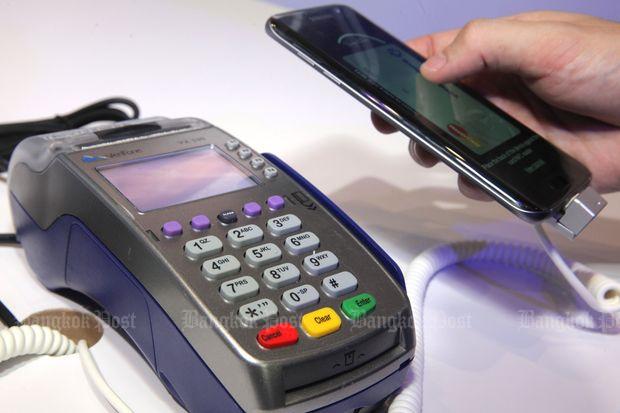Thailand: Five key trends shaping future of retail industry
The fast growth of the digital economy over the past few years has accelerated the evolution of the retail industry.
Fuelled by technologies, consumers’ lifestyle has changed faster, so does the way the retail business is operated and retail space is utilised, marketed and managed.
The latest report by property consultancy JLL, Retailer’s Guide to the Galaxy, reveals 12 key trends that are expected to shape the future of the retail industry and real estate over the next 25 years.
Siwanart Srisomsup, associate director of retail at JLL, comments: “Retail is one of the most challenging industries where players, be they operators or retailers, must adapt themselves at all time to the fast-changing lifestyle and demand of customers.”
Out of the 12 key trends featured in the JLL report, Mr Siwanart identifies the top five that are emerging or are most likely to emerge in Thailand in a foreseeable future:
- Geofences: Virtual geographic boundaries, defined by GPS or RFID technology, can be drawn around any place, like a shopping centre or neighbourhood. When a location-aware device, like a smartphone, enters a geofenced area, market researchers can track the steps of the shopper holding the phone. Geofencing allows retailers to understand shoppers’ behaviour profiles so they can tailor merchandise and promotions for an exact fit. Geofencing technology will become more widespread in the next five years.
- Mobile payment: Mobile payment options will become nearly universal. By 2020, 90% of smartphone users are expected to have made a mobile payment. This capability has gone from a nice-to-have to a must-have.
- Retail operations in office buildings: Office buildings featuring retail outlets in common areas are not a new phenomenon. But this trend is growing as more office buildings are activating common spaces by bringing outside retailers in from the perimeter and encouraging people to drink, dine and socialise in office lobbies. Rooftops and interior office spaces are providing new opportunities for retailers to serve a consumer base that is by its nature a very captive audience.
- Dynamic pricing. Retailers use dynamic pricing to price goods based on different variables, such as time of day and demand. During happy hours, for example, a bar drops drink prices to encourage consumers to come during slow times. Online stores have already embraced it, so further impacts in that arena will be minimal. Bigger impacts are expected for physical stores in 10-15 years, when the technology is broadly available and affordable.
- A network of everything: The growing Internet of Things (IoT) will affect logistics and shopping. Sensors in homes, clothing, cars and phones will communicate with store aisles and shelves, and even individual products, and then relay information to a retail distribution system. This IoT platform can contain information that could be used to make decisions about what to sell, for how much, to whom and when. Considering the complexity of working with huge volumes of data and interactivity among countless devices, as well as issues around security and privacy, it will be 10-15 years before the retail industry feels the biggest impact.
“As changes often come with challenges and opportunities, recognising and understanding major transformations that are emerging in the industry will enable retail operators and retailers to be better prepared to take advantage of and minimise risks from those changes,” Mr Siwanart concludes.
Source: https://www.bangkokpost.com/business/news/1340183/five-key-trends-shaping-future-of-retail-industry


 Thailand
Thailand




